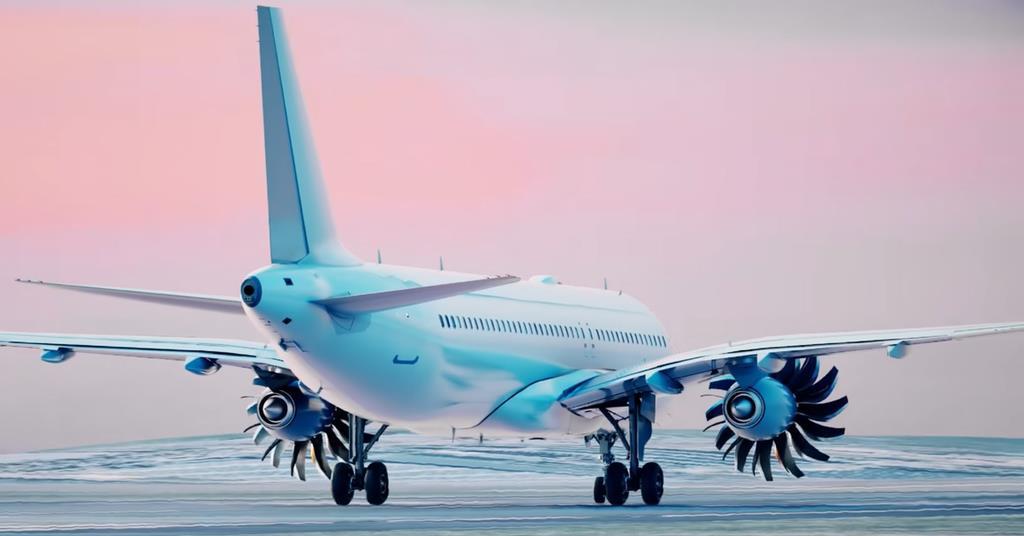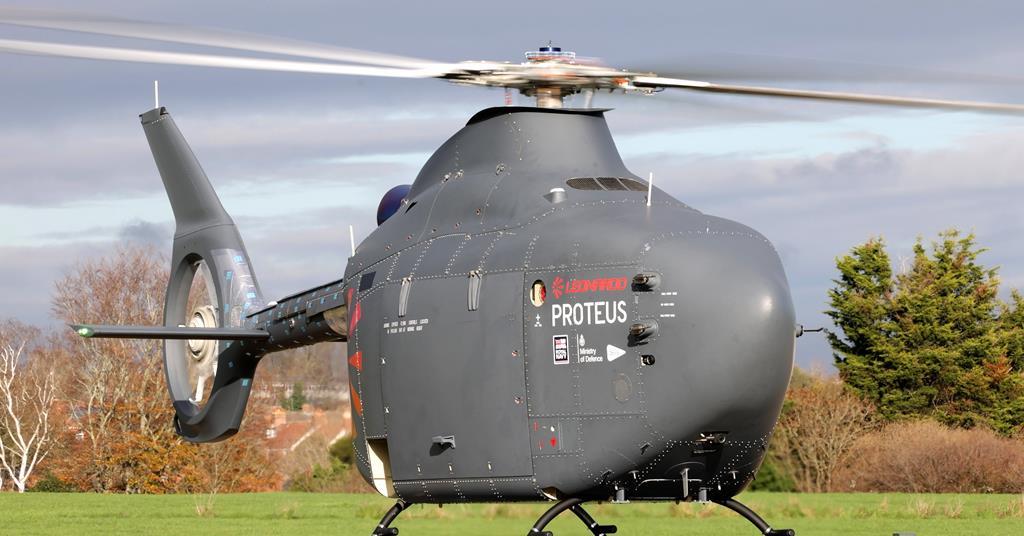US Air Force’s prototype Boeing E-7A Wedgetails to undergo airframe modification work in the UK
Company
Legal Links
Contact
- +44 7947 753363
- contact@skylineairporttransfers.co.uk
- 6 Walsall Street Bilston Wolverhampton WV14 0AT
© Skyline Airport Transfers. Created by![]() Beaphoenix WebDesign ltd
Beaphoenix WebDesign ltd
Popular Locations:
Birmingham: Aston, Bournville, Edgbaston, Erdington, Great Barr, Hall Green, Handsworth, Harborne, Northfield, Quinton, Soho, Sutton Coldfield, Amblecote, Brierley Hill, Coseley, Cradley, Gornal, Halesowen, Kingswinford, Lye, Netherton, Sedgley, Stourbridge, Quarry Bank, Bearwood, Blackheath, Cradley Heath, Great Bridge, Old Hill, Rowley Regis, Smethwick, Tipton, Tividale, Wednesbury, West Bromwich, Balsall Common, Bickenhill, Castle Bromwich, Chelmsley Wood, Dorridge, Elmdon, Hampton in Arden, Kingshurst, Knowle, Marston Green, Meriden, Monkspath, Hockley Heath, Shirley, Aldridge, Birchills, Bloxwich, Brownhills, Darlaston, Leamore, Palfrey, Pelsall, Pheasey, Shelfield, Streetly, Willenhall, Bilston, Blakenhall, Bushbury, Compton, Ettingshall, Heath Town, Oxley, Penn, Tettenhall, Wednesfield, Burntwood, Lichfield, Cannock, Rugeley, KIDDERMINSTER, Brierly Hill,
STOURPORT-ON-SEVERN
Coventry: Allesley, Binley, Keresley, Stoke, Tile Hill
Leicester: Abbey Rise, Ashton Green, Aylestone, Beaumont Leys, Bede Island, Belgrave, Blackfriars, Braunstone, Braunstone Frith, Bradgate Heights, Clarendon Park, Crown Hills, Dane Hills, Evington, Evington Valley, Eyres Monsell, Frog Island, Goodwood, Hamilton, Highfields, Horston Hill, Humberstone, Humberstone Garden, Kirby Frith, Knighton, Mowmacre Hill, Netherhall, Newfoundpool, New Parks, North Evington, Northfields, Rowlatts Hill, Rowley Fields, Rushey Mead, Saffron, Southfields, South Knighton, Spinney Hills, Stocking Farm, Stoneygate, St. Matthew’s, St. Mark’s, St. Peters, Thurnby Lodge, West End, West Knighton, Western Park, Woodgate
Derby: Matlock, Ripley, Ashbourne, ILKESTON, SWADLINCOTE , BURTON-ON-TRENT, BAKEWELL,
ALFRETON, BELPER, HEANOR
Telford: Market Drayton, Newport, Shifnal, Broseley, Much Wenlock
Stoke: Stoke-on-Trent, Newcastle, Leek, Uttoxeter, Stone, Stafford
Worcester: Worcester, Droitwich, Pershore, Broadway, Evesham, Malvern, Tenbury Wells
Gloucester: Gloucester, Cheltenham, Stroud, Cirencester, Tewkesbury, Badminton, Berkeley, Blakeney, Chipping Campden, Cinderford, Coleford, Drybrook, Dursley, Dymock, Fairford, Lechlade, Longhope, LydbrookLydney, Mitcheldean, Moreton-in-Marsh, Newent, Newnham, Ruardean, Stonehouse, Tetbury, Westbury-on-Severn, Wotton-under-Edge.
Nottingham: Nottingham, Sutton-in-Ashfield, Mansfield, Newark, Southwell, Grantham, Sleaford
Leicester: Leicester, Hinckley, Loughborough, Melton Mowbray, Oakham Market, Harborough, Lutterworth, Wigston, Ashby-de-la-Zouch, Ibstock, Markfield
Oxford: Oxford, Kidlington, Chipping Norton, Thame, Wallingford, Didcot, Wantage, Abingdon, Banbury, Carterton, Woodstock, Bicester, Witney, Chinnor, Watlington
Chester: Chester, Deeside, Bagillt, Buckley, Holywell, Birkenhead, Preston, Wallasey, Wirral, Neston, Ellesmere Port, Prenton
Airports we serve:
BHX: Birmingham Airport
EMA: East Midlands Airport
LHR: London Heathrow Airport
MAN: Manchester Airport
LGW: London Gatwick Airport
LTN: London Luton Airport
SOU: Southampton Airport
BRS: Bristol Airport
LPL: Liverpool John Lennon Airport
LCY: London City Airport
STN: London Stansted Airport



A pair of prototype Boeing E-7A airborne early warning and control (AEW&C) jets on order for the US Air Force (USAF) will undergo modification work in the UK, taking advantage of an existing industrial capability.
Announcing the arrangement on 18 September, as US President Donald Trump completed a state visit to the UK, the Ministry of Defence (MoD) said two 737s will undergo modification at a site in Birmingham, where STS Aviation Services is already working on a trio of E-7A Wedgetails for the UK Royal Air Force (RAF).
After arriving in the UK, the “green” NG-model narrowbodies will undergo extensive work, including the installation of the Wedgetail’s distinctive Northrop Grumman MESA radar, mounted above the fuselage.
The MoD says the deal will bring £36 million ($48 million) into the UK economy, and also will support 340 jobs, including 150 new positions.
“This deal is a vote of confidence in Britain’s world-leading defence industry and delivers on the commitments set out in our Strategic Defence Review and Defence Industrial Strategy,” defence secretary John Healey says.
“The deal benefits both UK and US national security… building skills among the workforce while ensuring military operations are more coordinated as a result of using the same systems,” he adds.
Notably, the MoD announcement states that the USAF assets will undergo a “final assembly and check out” process in the USA following their preparation in the UK. That activity is likely to include the installation of further US-specific equipment.
Boeing is under contract to deliver two E-7As under a rapid prototyping effort for the USAF. The service has previously outlined a need to field 26 operational examples, although the Trump administration has targeted the project for potential cancellation, favouring the future use of space-based sensors.
The airframer earlier this year released images of the lead USAF platform undergoing final assembly in Renton, Washington.
It has previously said that the USAF’s E-7 configuration will be a further evolution of the system set to enter service in the UK, and already operational with the air forces of Australia, South Korea and Turkey.
The MoD describes its future Wedgetail AEW1s as to “form a vital cornerstone of the UK’s national defence by using radar and sensors to detect incoming hostile aircraft, missiles, or drones”. It cites a radar performance of 260nm (480km), without providing further details.
“The Royal Air Force’s own fleet of E-7 Wedgetail aircraft are currently being fitted out at the modification facility in Birmingham ahead of delivery of the first aircraft in 2026,” the MoD says.
A first example made its debut public appearance during the Royal International Air Tattoo in mid-July, flying in formation with the RAF’s Red Arrows aerobatic display team.
Source link
Share This:
admin
Plan the perfect NYC Memorial Day weekend
Pack only what you need and avoid overpacking to streamline the check-in and security screening…
LA’s worst traffic areas and how to avoid them
Consider using alternative routes, such as Sepulveda Boulevard, which runs parallel to the 405 in…
Safran tasks new UK centre with electric and composite research for future single-aisle
French aerospace firm Safran is internationalising its technology research operation by setting up a centre…
Leonardo Helicopters’ Proteus technology demonstrator poised to make first flight for UK Royal Navy
Leonardo Helicopters has edged a step closer to flying its AW09-based Proteus technology demonstrator for…
Brazil test fires MBDA Meteor missiles from Gripen E fighter in major milestone
Brazil has notched a major milestone in its campaign to phase in Saab’s latest Gripen…
Aeroflot Group discloses acquisition of 747 and 737 freighters
Aeroflot Group has disclosed that eight aircraft – including freighters – have been introduced to…
Airbus cuts full-year delivery target by 30 aircraft
Airbus has cut its full-year delivery target to 790 commercial aircraft, down from the original…
Hi Fly claims Antarctic first with A330 follow-up to A340 landing
Portuguese wet-lease specialist Hi Fly has flown an Airbus A330-300 to Antarctica, claiming a first…
Austria to field 12-strong Leonardo M-346FA fleet from 2028 under $1.75 billion deal
Austria has finalised a roughly €1.5 billion ($1.75 billion) deal that will lead to its…
Avincis and DHC partner on CL-series waterbomber support
Aerial services provider Avincis is to collaborate with De Havilland Canada (DHC) on a series…
MBDA Meteor missile integration nears flight-test phase with Lockheed Martin’s stealthy F-35A
MBDA’s Meteor beyond-visual-range air-to-air missile has moved a step closer to commencing flight trials with…
Jekta hydrogen-electric amphibian aircraft scale model testing begins January 2024
Swiss start-up Jekta plans next month to begin flight testing a scale model of the…